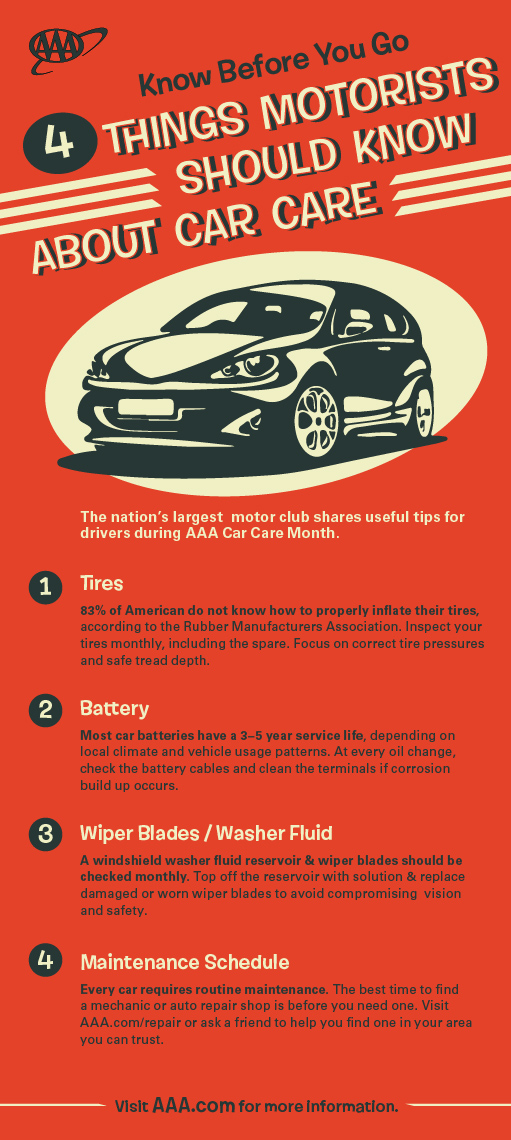Understanding The Meaning Behind Your Car'S Caution Lighting: A Thorough Appearance
Understanding The Meaning Behind Your Car'S Caution Lighting: A Thorough Appearance
Blog Article
Write-Up Author-Hartley Torres
When you lag the wheel, those radiant warning lights on your control panel can be a bit difficult. Do you recognize what they're trying to inform you concerning your car's wellness? Comprehending car clean of these lights is essential for your safety and security and the longevity of your vehicle. So, the next time among those lights pops up, wouldn't you intend to decode its message precisely and take the needed steps to address it?
Common Warning Lights and Interpretations
Recognize common warning lights in your cars and truck and comprehend their definitions to make sure safe driving.
One of the most common warning lights consist of the check engine light, which indicates concerns with the engine or emissions system. If this light begins, it's critical to have your vehicle examined quickly.
The oil pressure alerting light shows reduced oil pressure, needing instant interest to prevent engine damages.
A flashing battery light could recommend a defective billing system, potentially leaving you stranded otherwise resolved.
The tire pressure surveillance system (TPMS) light alerts you to reduced tire pressure, impacting automobile stability and gas efficiency. Disregarding this can bring about dangerous driving conditions.
The abdominal light indicates an issue with the anti-lock braking system, jeopardizing your ability to stop rapidly in emergency situations.
Lastly, the coolant temperature level alerting light warns of engine getting too hot, which can result in extreme damage if not dealt with promptly.
Understanding these typical caution lights will certainly help you resolve problems immediately and maintain risk-free driving problems.
Value of Prompt Attention
Understanding the common caution lights in your cars and truck is only the first step; the relevance of without delay addressing these cautions can't be highlighted sufficient to guarantee your safety on the road.
When a warning light brightens on your control panel, it's your vehicle's method of communicating a prospective concern that needs focus. Neglecting these cautions can result in extra serious issues later on, compromising your security and possibly costing you more in repairs.
Motivate attention to alerting lights can prevent malfunctions and accidents. For instance, a blinking check engine light could indicate a misfire that, if left ignored, could trigger damages to the catalytic converter. Addressing this quickly can conserve you from a pricey repair service.
In a similar way, a brake system alerting light could indicate reduced brake liquid or used brake pads, crucial elements for your safety and security when driving.
DIY Troubleshooting Tips
If you notice a warning light on your dashboard, there are a few DIY troubleshooting pointers you can attempt prior to seeking expert help.
The first step is to consult your automobile's manual to understand what the details warning light suggests. Occasionally the problem can be as easy as a loose gas cap setting off the check engine light. Tightening up the gas cap may solve the problem.
One more usual concern is a low battery, which can cause various cautioning lights. Examining the battery links for rust and ensuring they're safe and secure might take care of the issue.
If a caution light lingers, you can attempt resetting it by detaching the automobile's battery for a few mins and then reconnecting it. In addition, examining your vehicle's liquid degrees, such as oil, coolant, and brake fluid, can help troubleshoot cautioning lights connected to these systems.
https://www.wsj.com/articles/napa-wine-star-jack-cakebread-started-out-as-an-auto-mechanic-11651760724
In conclusion, comprehending your auto's warning lights is vital for keeping your automobile running smoothly and safely. By immediately addressing these alerts and knowing what they suggest, you can prevent pricey fixings and prospective break downs.
Bear in mind to consult your vehicle's manual for certain details on each advising light and take action appropriately to guarantee a hassle-free driving experience.
Keep informed, stay secure when traveling!
